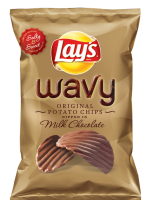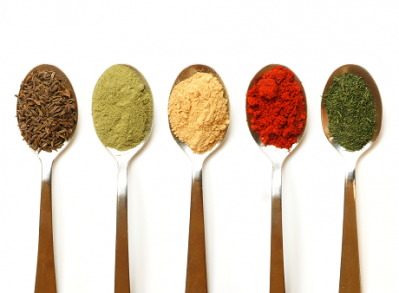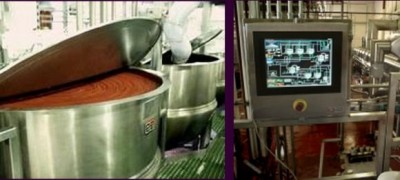Euromonitor on the year ahead in packaged food: battling industry fatigue, private label

“For a lot of food companies, especially those like General Mills or Kraft that tend to have a lot of areas they compete in, it’s a balancing act of keeping up growth in high-growth areas, while combating overall industry fatigue,” said Matt Hudak, US analyst for Euromonitor International. For portfolios like chewing gum and breakfast cereal, for example, which aren’t driving a lot of consumer interest, it’s a matter of deciding what to concentrate on, he added.
And although high-end items are seeing market share snatched away by niche products, the toughest challenge facing manufacturers is in the mid-range packaged food products, which are being squeezed out by private label.
“The ones in most trouble are middle-of-the-road packaged food products—the Kraft sauces and salad dressings, Campbell’s mid-range soups—these items are more expensive than private label, but nowhere near high end,” said Hudak. “You’d almost find them synonymous with a certain area, whether or not they can deal with fact that private label is taking away a lot of value is a big question.”
Indeed, store brands experienced a record year for annual supermarket sales in 2012, totaling $59 billion, with a private label unit share of 23.1% and dollar share of 19.1%, according to the Private Label Manufacturers Association. Since 2009, sales in the supermarket channel have increased at an annual rate of 2.6% compared to 0.9% for national brands. Euromonitor US analyst Virginia Lee said that’s due in part to retailers’ increased investment in store brands, as consumer interest has grown.
“Starting in 2006, retailers started to put good money behind store brands, hiring graphic designers to create attractive designs,” Lee said. “And pricing wise, they’re still well within reason,” Hudak added.
Heat, sweet & salty lead flavor trends
When it comes to flavors in packaged food, the spicier and bolder the better. “We keep trying to find higher end where it can’t get any spicier, but we haven’t found it yet,” Hudak said.
“I think another big one will be sweet and savory,” he added, noting that the new chocolate-dipped Lays are a prime example, despite rumblings that the manufacturer got it wrong on the chocolate-to-chip ratio. “It’s not a full market launch—they’re still in the testing phase. I wouldn’t be surprised if they came out with a chip with less coating and then possibly a dark chocolate version,” he said. “Sweet and savory appeals to a lot of consumers. We’ve seen it with salty caramel, M&M’s has a sweet and salty mix; it’s something that seems to be of continued importance.”
On the frozen ready meals and cooking sauces side, consumer preferences are becoming more sophisticated and nuanced as ethnic flavors come the fore, Lee noted.
“It’s not just about ‘ethnic’ anymore—there’s going to be more emphasis on regional. As Americans develop more awareness of Mexican food, they’re more interested in regions—Oaxacan mole instead of just Mexican. I think Korean flavors in next few years could do well. Trader Joe’s just introduced kimchi in their aisles,” she added.
Innovation in convenience; for the love of protein
Packaging always provides an easy conduit for innovation, and can breathe new life into more static categories, Hudak noted. “Take something like applesauce, which has glass jars and plastic tubs. All of a sudden you bring in the pouch, and it’s doing amazing, really invigorating category,” he said. “Especially something that’s convenience oriented can really change things. That’s an area where there’s always potential.”
The pouch in particular shows promise in areas such as yogurt, though it’s not always a winner. “Heinz brought out pouched ketchup, lowered cost some for them, but it was harder to physically use the bottle. People do care about being able to apply product simply enough.”
Demand for on-the-go, single portions will continue to drive innovation in convenience. But one of the biggest areas of potential for food manufacturers is in protein. “The high protein message continues to resonate, not only with Greek yogurt, but also in frozen yogurt, dips and even cheesecake,” Lee said. “Kraft recently introduced a cream cheese with twice the protein.”
Hudak added: “If you can find somewhere to add more or even just call attention to higher levels of protein, that always seems to work. I saw Baby Ruth bars had their protein content right on the front of the packaging.”
Euromonitor also predicts gluten free and ancient grains to remain in the spotlight in the coming year. “Really it comes back to offering good taste but with either more convenience, added health benefits, or indulgence,” Lee said.
Be on the lookout for part two next week in which Euromonitor analysts Lee and Hudak delve into the beverage sector.
















